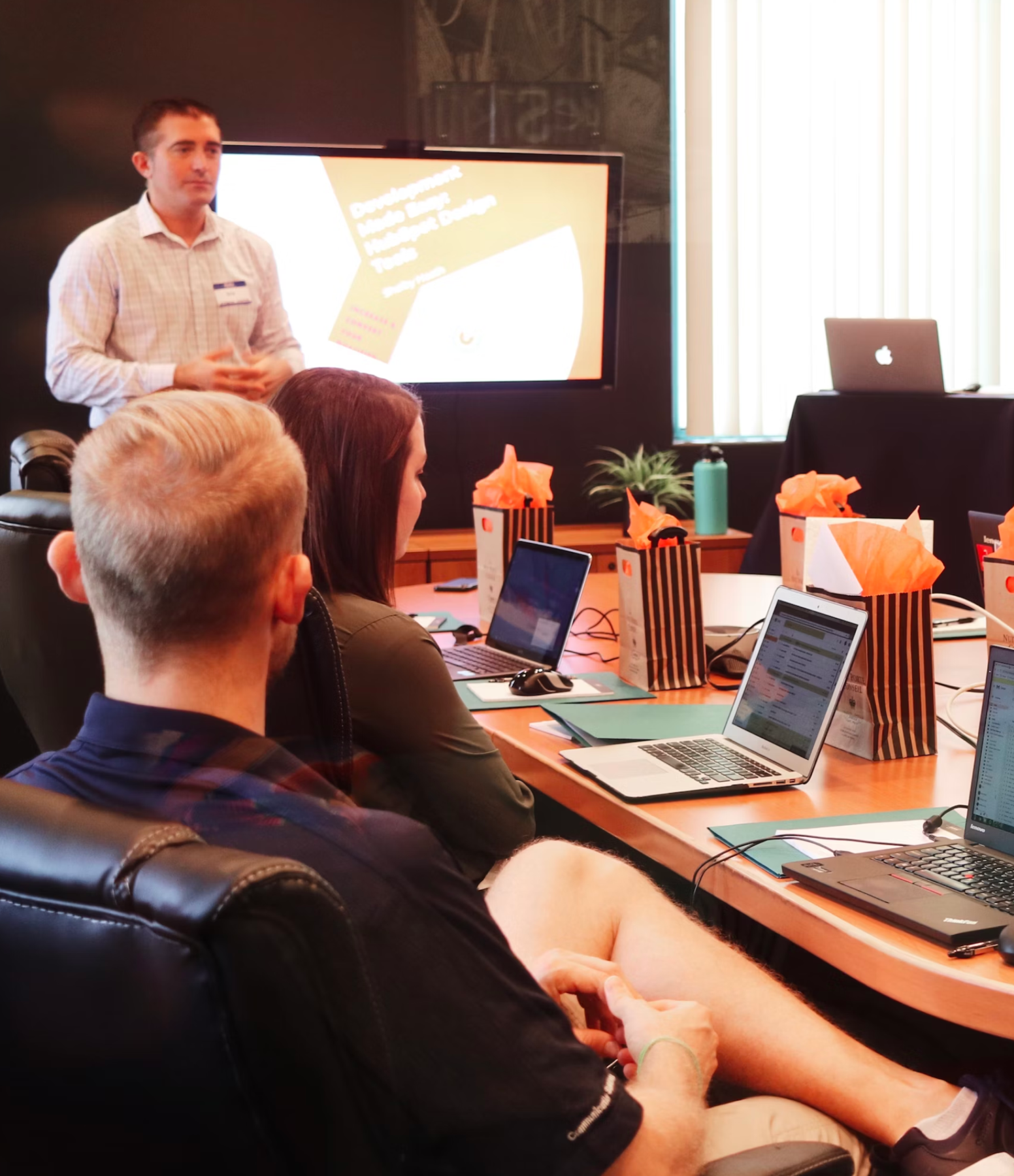ITIL®4 Strategist: Direct, Plan and Improve (DPI) - Classroom (exam included)
1.850,00 EUR
- 2 days
ITIL® 4 Strategist Direct Plan and Improve (ITIL 4 DPI) is the universal module, that is a key component of both, ITIL 4 Managing Professional and ITIL 4 Strategic Leader streams. The module covers the influence and impact of Agile and Lean ways of working, and how they can be leveraged to an organization's advantage. This is a 2-day (online) intensive classroom course.
Course Outline

Course Introduction
Course 01
Key Concepts of DPI
Course 02
- 2.01 Key Concepts of Direct, Plan, and Improve (DPI)
- 2.02 Direction
- 2.03 Policies and Guidelines
- 2.04 Risks and Controls
- 2.05 Planning
- 2.06 Improvement
- 2.07 Governance, Compliance, and Management
- 2.08 Applying the Guiding Principles
- 2.09 Operational Model
- 2.10 Value, Outcomes, Costs, and Risks
- 2.11 Key Takeaways
Key Principles and Methods of Direction and Planning
Course 03
- 3.01 Key Principles and Methods of Direction and Planning
- 3.02 Strategy and Cascading Goals and Requirements
- 3.03 Define Effective Policies, Controls, and Guidelines
- 3.04 Effective Controls
- 3.05 Effective Guidelines
- 3.06 Decision-Making at the Right Level
- 3.07 Key Takeaways
Governance, Risk, and Compliance
Course 04
- 4.01 Governance, Risk, and Compliance
- 4.02 Structures and Methods for Decisions Making
- 4.03 Governance of Service Provider
- 4.04 Role and Risk Management
- 4.05 Key Takeaways
Continual Improvement
Course 05
- 5.01 Continual Improvement
- 5.02 Continual Improvement Culture
- 5.03 Continual Improvement in Organization
- 5.04 The Continual Improvement Model
- 5.05 Step One: What Is the Vision?
- 5.06 Step Two: Where Are We Now?
- 5.07 Step Three: Where Do We Want to Be?
- 5.08 Step Four: How Do We Get There?
- 5.09 Creating an Action Plan
- 5.10 Step Five: Take Action?
- 5.11 Step Six: Did We Get There?
- 5.12 Step Seven: How Do We Keep the Momentum Going?
- 5.13 Measurement and Reporting in Continual Improvement
- 5.14 Assessments
- 5.15 Gap Analysis
- 5.16 SWOT Analysis
- 5.17 Change Readiness Analysis
- 5.18 Customer or User Satisfaction Analysis
- 5.19 SLA Achievement Analysis
- 5.20 Benchmarking
- 5.21 Maturity Assessment
- 5.22 Business Case
- 5.23 Building a Business Case
- 5.24 Communicating and Advocating for a Business Case
- 5.25 Key Takeaways
Communication and Organizational Change Management
Course 06
- 6.01 Communication and Organizational Change Management
- 6.02 Communications Principles
- 6.03 Communication Is a Two-Way Process
- 6.04 We Communicate All the Time
- 6.05 Timing and Frequency Matter
- 6.06 No Single Method of Communication Works for Everyone
- 6.07 The Message Is in the Medium
- 6.08 Communication Methods and Media
- 6.09 Examples of Communication Methods
- 6.10 Defining and Establishing Feedback Channels
- 6.11 Identifying and Communicating with Stakeholders
- 6.12 Stakeholder Mapping
- 6.13 Understanding Stakeholders
- 6.14 Basics of Organizational Change Management (OCM)
- 6.15 Essentials for Successful Improvement
- 6.16 OCM Throughout Direction, Planning, and Improvement
- 6.17 Establishing Effective Interfaces across the Value Chain
- 6.18 Key Takeaways
Measurement and Reporting
Course 07
- 7.01 Measurement and Reporting
- 7.02 Basics of Measurement and Reporting
- 7.03 Key Concepts of Measurements and Reporting
- 7.04 Defining and Using Measurements and Reporting
- 7.05 Reasons for Measuring
- 7.06 Types of Measuring
- 7.07 Relationship between Measurements and Behavior
- 7.08 Measurement Cascades and Hierarchies
- 7.09 Balanced Scorecard
- 7.10 Success Factors and KPIs
- 7.11 Key Takeaways
Value Streams and Practices
Course 08
- 8.01 Value Streams and Practices
- 8.02 Value Stream Mapping
- 8.03 Developing a Value Stream Map
- 8.04 Types of Waste
- 8.05 Increasing the Detail in Value Streams Maps
- 8.06 Process Metrics
- 8.07 Measurements and the Four Dimensions
- 8.08 Measurements of Value Stream and Processes
- 8.09 Process Metrics
- 8.10 Value Stream and Processes in the SVS
- 8.11 Relationship between Value Streams and Practices
- 8.12 Relationship between Value Streams and Processes
- 8.13 Designing a Workflow
- 8.14 Workflow Metrics
- 8.15 Key Takeaways
Learning Outcomes
At the end of this ITIL4 Strategist: (DPI) Classroom Course, you will be able to:
Deliver Continual Improvement
- How to use practical, strategic methods to plan and deliver continual improvement with the necessary agility.
Agile & Lean ways of working
- The impact of agile and lean ways of working, and how they can be leveraged to an organization's advantage.

Who Should Enroll in this Program?
This ITIL Strategist course is aimed at IT leaders and managers at all organizational levels who are pursuing either the ITIL Managing Professional (MP) or ITIL Strategic Leader (SL) designation or those involved in shaping IT direction and strategy. However as pre-requisite, candidate should Passed the ITIL 4 Foundation examination and Attended an accredited training course for this module.
IT Leaders
ITSM Managers
ITSM Practitioners managing IT-enabled products and services
Existing ITIL qualification holders wishing to expand their knowledge
ITIL Managing Professionals (MP)
ITIL Strategic Leader (SL)

Need corporate solutions or LMS integration?
Didn't find the course or program which would work for your business? Need LMS integration? Write us, we will solve everything!
